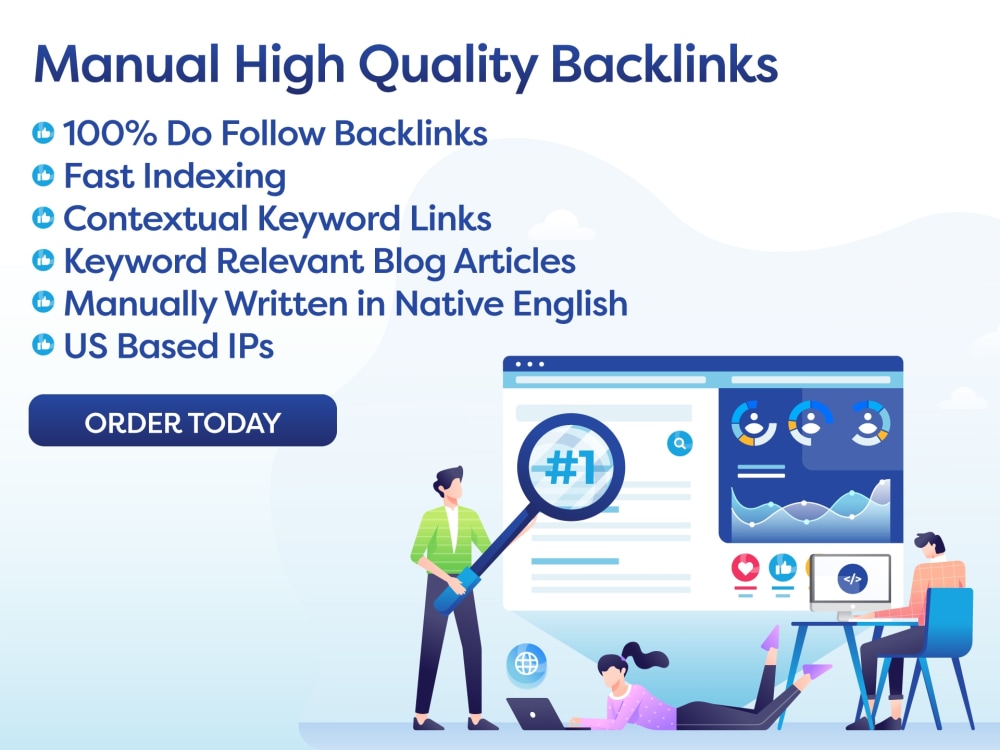Conversion Rate Optimization: The Key to More Sales
Introduction
In today’s digital age, having a strong online presence is crucial for businesses of all sizes. However, simply having a website is not enough. It is important to ensure that your website is not only attracting visitors, but also converting them into customers. This is where conversion rate optimization (CRO) comes into play. CRO is a process of optimizing your website to increase the percentage of visitors who take a desired action, such as making a purchase, filling out a contact form, or subscribing to a newsletter. In this article, we will delve deeper into the world of CRO and how it can help you improve your website’s conversion rate.
What is Conversion Rate Optimization?
Conversion rate optimization is the process of using data, analytics, and user feedback to improve the performance of your website. It involves analyzing user behavior, identifying areas for improvement, and making changes to your website in order to improve its effectiveness in converting visitors into customers.
Why is CRO Important?
CRO is an essential aspect of digital marketing as it directly impacts your bottom line. By increasing your website’s conversion rate, you can generate more sales and revenue without having to spend additional resources on acquiring new customers. CRO also allows you to make the most out of your existing website traffic, making it a cost-effective strategy for boosting your online sales.
The CRO Process
The CRO process involves several steps that work together to improve your website’s conversion rate. These steps include:
1. Data Collection and Analysis
The first step in the CRO process is to collect and analyze data about your website’s performance. This can include metrics such as bounce rate, click-through rate, and conversion rate. By understanding how users are interacting with your website, you can identify areas for improvement and make data-driven decisions.
2. Identifying Areas for Improvement
After analyzing your data, the next step is to identify areas of your website that may be hindering conversions. This can include anything from a confusing navigation menu to a lengthy checkout process. By pinpointing these issues, you can focus on making targeted changes to improve the user experience.
3. Creating and Implementing Changes
Once you have identified areas for improvement, it’s time to start making changes to your website. This can involve A/B testing, where you compare two versions of a web page to see which one performs better. It’s important to make changes based on data and not just guesswork, as this will ensure the best possible results.
4. Continual Testing and Optimization
CRO is an ongoing process, and it’s important to continually test and optimize your website to ensure that it is performing at its best. This can involve testing different elements such as headlines, images, and calls to action to see which ones are most effective in driving conversions.
Best Practices for CRO
While the CRO process may seem straightforward, there are some best practices you should keep in mind to ensure success. These include:
1. Know Your Target Audience
Understanding your target audience is key to creating a website that resonates with them and drives conversions. Conduct market research and gather insights about your customers’ behavior and preferences to tailor your website accordingly.
2. Keep It Simple
A cluttered and complicated website can be overwhelming for visitors, leading to a high bounce rate and low conversions. Keep your website design simple, with a clear call to action, and make it easy for users to navigate and find what they are looking for.
3. Use High-Quality Visuals
Visuals are a powerful tool in driving conversions. Use high-quality images and videos that showcase your products or services and entice users to take action. Avoid using stock photos and instead opt for original, authentic visuals that reflect your brand’s identity.
4. Optimize for Mobile
With more and more people using their mobile devices to browse the internet, it’s crucial to ensure that your website is optimized for mobile. A mobile-friendly website not only improves the user experience but also boosts your website’s search engine ranking.
Conclusion
Conversion rate optimization is an essential aspect of digital marketing that can greatly impact the success of your online business. By understanding the CRO process and implementing best practices, you can improve your website’s conversion rate and ultimately drive more sales and revenue. Keep in mind that CRO is an ongoing process, and it’s important to continually analyze, test, and optimize your website to achieve the best results. With the right approach, CRO can be the key to unlocking more sales and taking your business to the next level.

